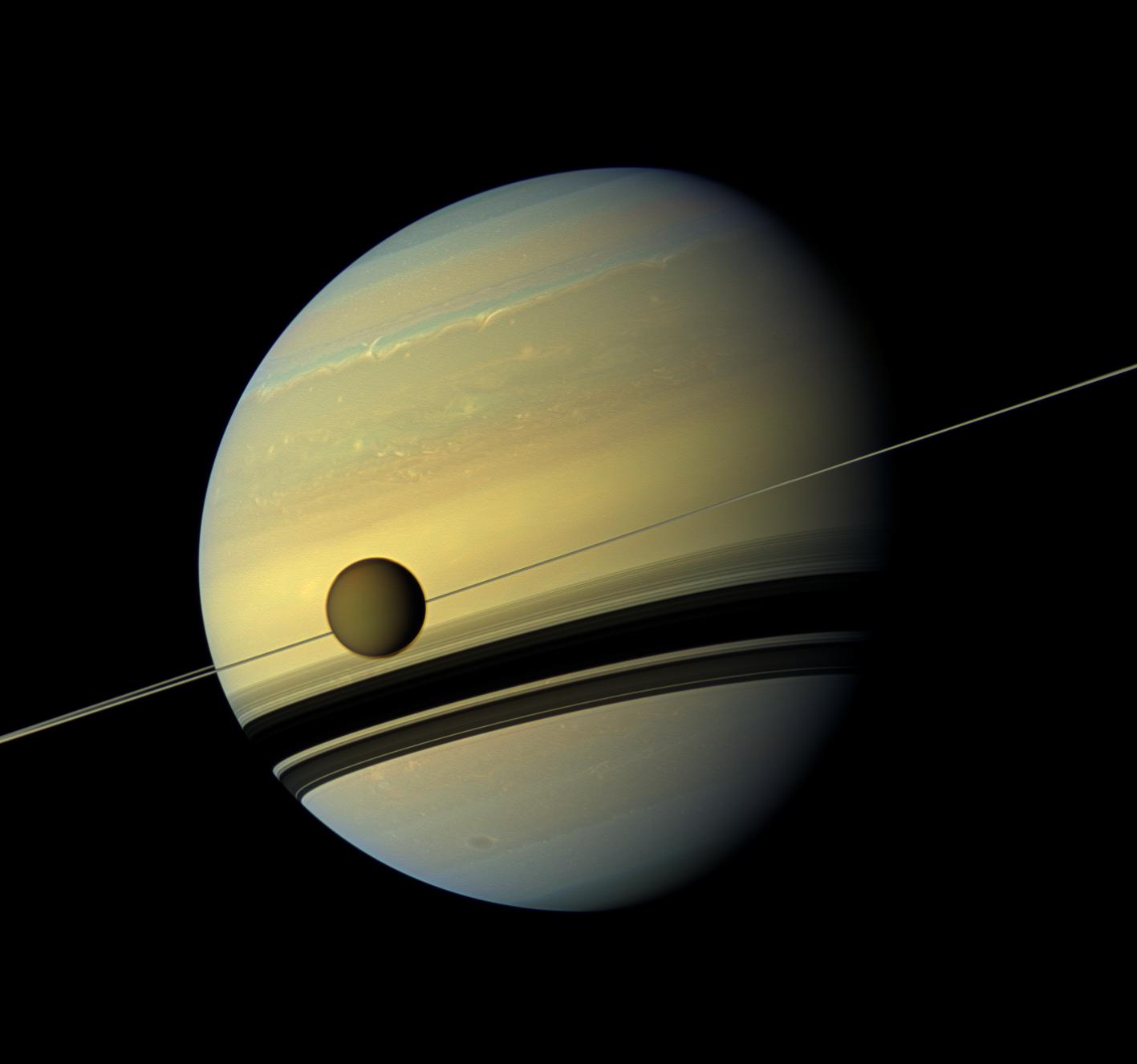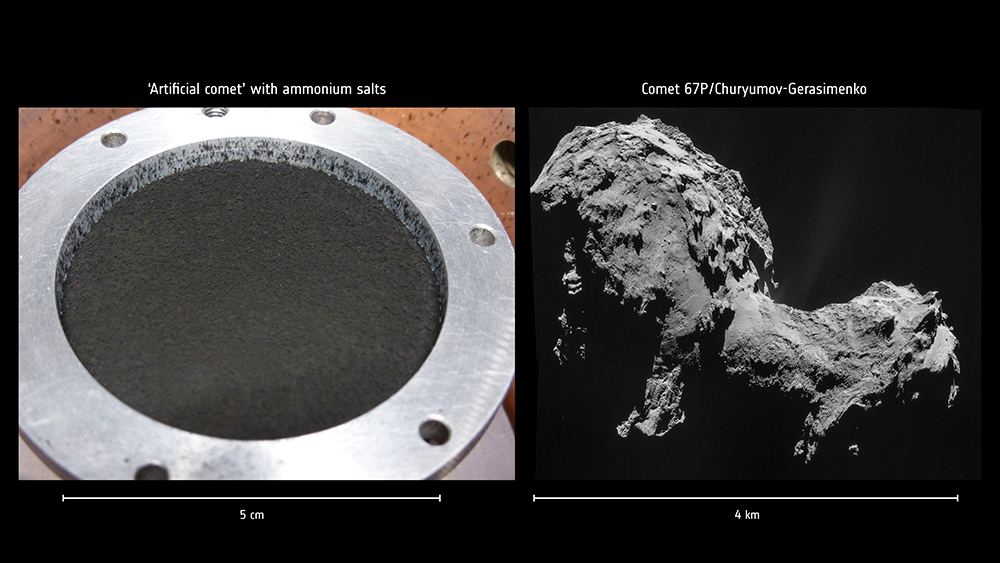Report from ISSI Team #411 The ENCELADE Team: Constraining the Dynamical Timescale and Internal Processes of the Saturn and Jupiter Systems from Astrometry led by V. Lainey
Did you know that the Earth’s moon distance is increasing at about 3.8 cm/year because of the tides the Moon raises on our own planet? Thanks to Newton and his law of gravity, entailed the proper explanation of tides: the side of the Earth that is closer to the Moon is more attracted than its opposite side. As a consequence, the Earth takes an elongated shape like a football. Distance increase comes then as a consequence of friction inside the oceans essentially. Both shape distortion and orbital variation rate are expected to get significantly lower with distance, since tides are a consequence of gravitation.

Since tidal theory is universal, researchers have applied it over the last 50 years to predict the orbital evolution of many moons. From the evolution of the four big Galilean satellites of Jupiter to the small moons of Mars, Phobos and Deimos, the same theory was used underneath. Recently and in the context of the Cassini mission, the ISSI ENCELADE Team led by Valery Lainey in collaboration with a team from the University of Bologna tried to quantify from observations the orbital expansion of Titan, the largest Saturnian moon, under Saturn’s tides. Surprisingly, they found that Titan is escaping Saturn’s gravity at a large pace of 11 cm/year, more than a hundred times faster than expected from theoretical models. Even more surprising, such expansion rate is larger than for moons closer to Saturn, in complete contradiction with classical tidal theory! But the study demonstrates a perfect agreement with the prediction of a new tidal mechanism, suggested only four years ago by Jim Fuller (Caltech) and co-authors. Such so-called “tidal lock mechanism” suggests that Titan may have formed way closer to Saturn, than commonly believed. This result brings an important new piece of the puzzle for the highly debated question of the age of the Saturnian system.
Like the classical tidal theory for terrestrial objects, tidal lock mechanism is a universal physical mechanism for giant planets. In principle, it could be at play in way other systems were giant planets are involved, starting with the Jupiter system itself.
More Information can be found here: News Release June 8, 2020, NASA JPL Caltech >>
Lainey, V., Casajus, L.G., Fuller, J. et al. Resonance locking in giant planets indicated by the rapid orbital expansion of Titan, Nature Astronomy, 2020. https://doi.org/10.1038/s41550-020-1120-5

